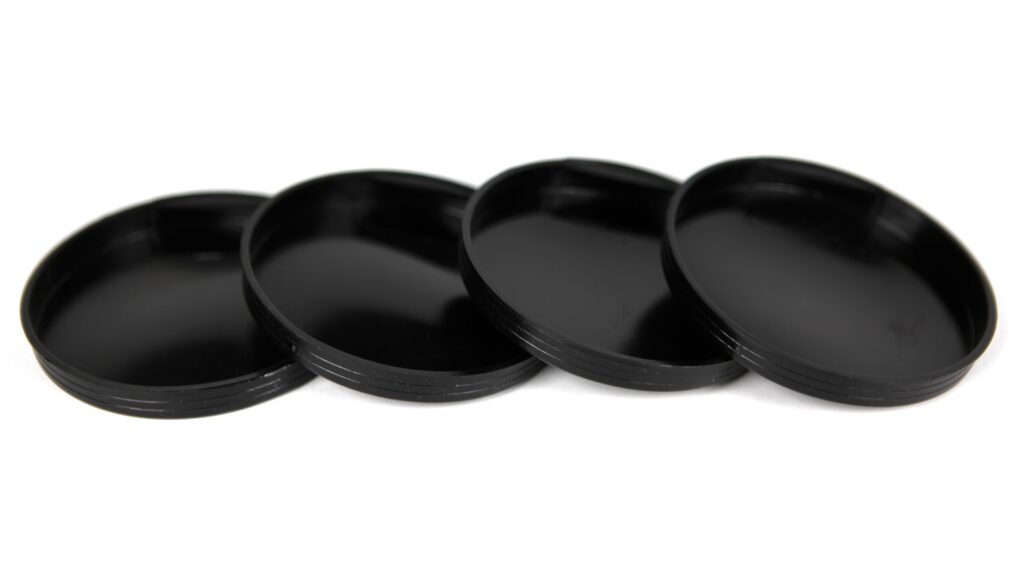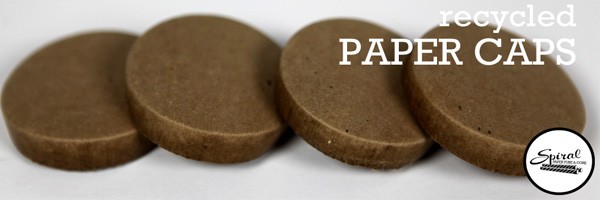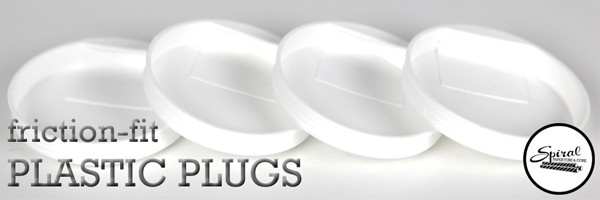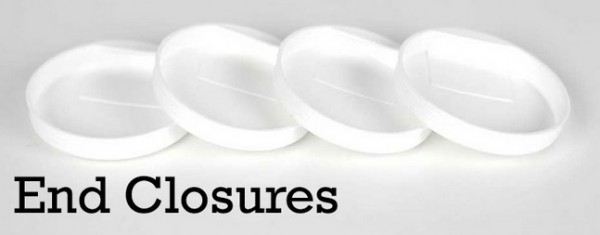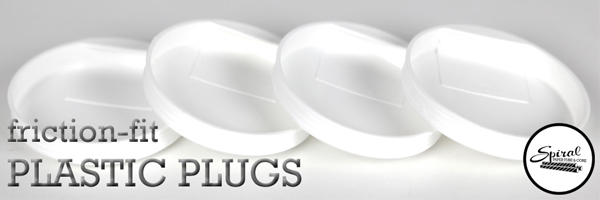
The ongoing joke for many in the paper tube industry, is that the average American uses 8 paper tubes a day…all without realizing it.
Because who really pays attention to how the Pringles can is made? Or that the salt and paper shaker at the dinner table is like a mini Pringles can with a shaker top. Or that mascara is packaged in a cute paper canister.
The same applies to plastic end plugs.
For those who have ever ordered a poster of your favorite band or classic movie, it probably arrived in a spiral paper tube, with white plastic end plugs at each end. But you, like most, probably removed the end plug, carefully removed the prized poster, and simply tossed the poster tube and end plugs without ever giving the packaging a second thought.
Poster tubes and plastic end plugs are the #1 method to ship poster tubes, but since the average person doesn’t really knows that, we’ll just continue to be grateful to play a small role in getting a beloved poster to an appreciative fan.

